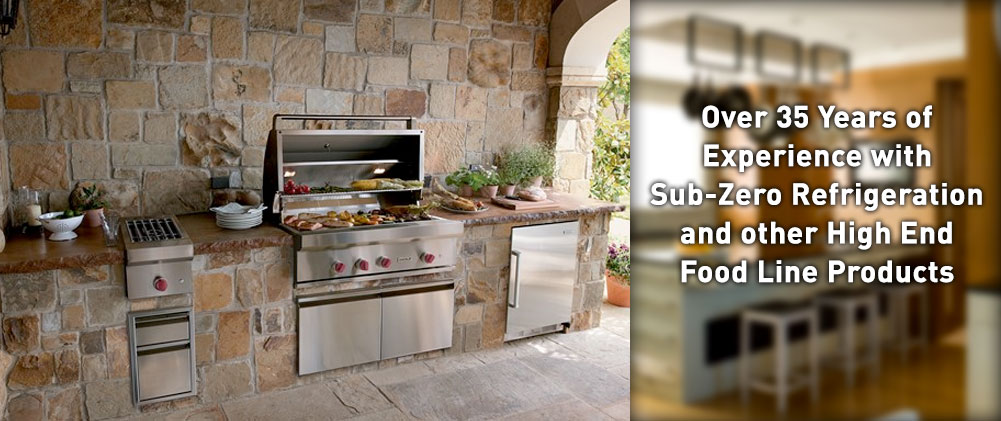Tips
FRESH FOOD STORAGE TIPS and SUGGESTIONS
Shelf life of fresh foods varies depending on how fresh It is when you buy it. The refrigerator storage times and temperatures are recommended.
- Vegetables: Wash vegetables in cool water and drain. Store in air-tight containers or plastic wrap vegetables do well in high humidity storage.
- Fruits: Store more aromatic fruits in low humidity.
- Prepackage Meats: Store in original packaging. After opening rewrap tightly
- Fresh Meats, Fish and poultry: Remove store wrappings, then rewrap in wrap foil or waxed paper and refrigerate immediately.
- Eggs: Store eggs unwashed in their carton. Use within 2 weeks.
- Milk, Cream and Cottage Cheese: Keep carton closed and used within 5 days.
- Cheese: Store in original packaging until ready to use. Rewrap tightly.
- Leftovers: Let cool and cover tightly in wrap or air tight containers to prevent drying out and odor transfer.
FROZEN FOOD STORAGE
• Freezer storage: Wrap food in materials designed for frozen food storage to seal out air and moisture. Do not refreeze thawed meats.
• Ice Cream: The firmness of ice cream will depend on its cream content. Higher quality ice cream usually have a higher cream content requiring colder freezer temperatures to maintain firmness.
KEEPING FOOD AT ITS BEST
Ethylene
Some fruits and vegetables will produce ethylene, a gas that initiates the ripening process. Ethylene can cause premature ripening in some foods, while in others, it can actually cause damage. To reduce unnecessary spoilage of your fresh produce, do not store ethylene producing fruits and vegetables with those that are ethylene sensitive.
Ethylene Producing Food
Apricots
Avocados
Ripening bananas
Cantaloupe
Pears
Plantains
Quince
Tomatoes
Nectarines
Kiwifruit
Passion fruit
Mangoes
Figs
Guavas
Honeydew
Mamey
Sapote
Ethylene Sensitive Foods
bananas
Cabbage
Green beans
Belgian endive
Broccoli
Brussels sprouts
Cabbage
Cauliflower
Chard
Cucumbers
Eggplant
Unripe kiwifruit
leafy greens
lettuce
Peas
Peppers
Spinach
Squash
Sweet potatoes
Watercress
Watermelon






